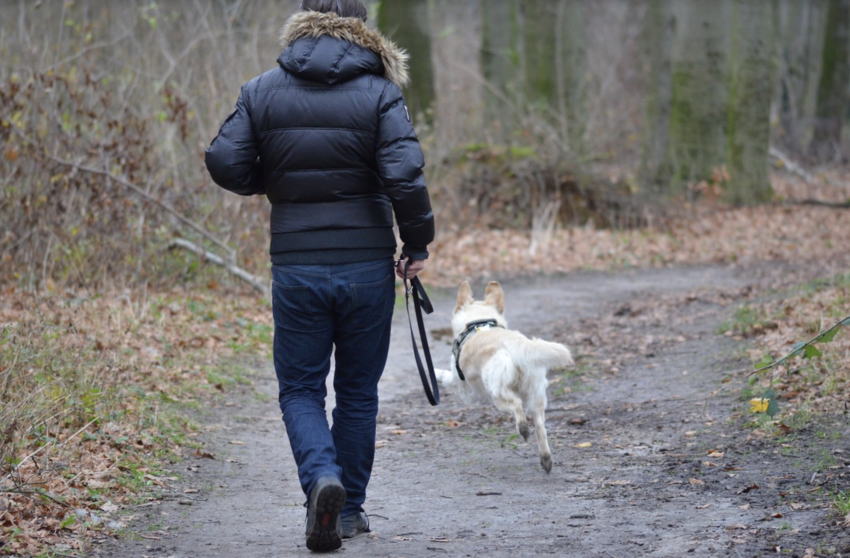In the world of dog training, a dog that chases balls, bikes, cats, or a dog that tugs with power and determination is a dog with a high-prey drive. Trainers even speak about their preference for having such a dog as a competitor in a myriad of sports or even just as their pet companion.
Now the interesting part is that the concept of high prey-drive aims to describe behaviors that are intrinsically different from one another. The term has become a catch-all description leaving us with de facto little information as to what the dog is actually doing.
When working with clients, I ask a bunch of preliminary questions to better help me understand what their dog is doing in certain circumstances as well as an overall description of what their dog has already learned.
For example: I want to know if the dog is comfortable in its crate. Does he plays with toys, and if so, what kind of toys and what kind of play? Say that we have a dog that “plays with balls” still this pronouncement is too general. What exactly is the dog doing with the ball? The reason behind my questioning is a regression of the topic here, but the search for specifics is not.
The scientific field of ethology and behavior have long ago moved away from using the concept of “drive” to describe what is actually taking place.
Back in the 1900’s it was believed that they were energizing internal sources that produced specific drives, which in turn, produced specific behaviors. Other scientists considered the presence of drive exclusively when it involved food acquisition behaviors.
It was not until the 20th century that the use of the concept of drive was abandoned as research now showed that the body is not involved in producing internal energies that give way to specific behaviors as drive theory once claimed. In addition, research showed that behaviors actually correspond to different internal systems such as the feeding system. Moreover, behavior is a result of complex interplay of these many internal systems and not a result of a specific energy stored in the individual. The expression is also determined by external motivators – and not only internal processes.
So, where does all this leave us? Recent studies have failed to find any co-relation between behaviors that traditionally have been thought to be related to prey drive. This all points to the complexity surrounding the motivation behind behavior and how that in itself cannot be encapsulated in a vague concept as prey drive.
For clients desiring to change behaviors in their dogs, we are better served in looking elsewhere than attribute their presence to prey drive. We must then observe what is taking place and under what conditions, so that we can decide on a better alternative (or alternatives) for behaviors that are deemed too dangerous to the dog or others, obnoxious etc. Importantly so, I would argue, is to also find alternatives that fulfill some, if not all, of the needs of the dog while engaging in these behaviors. This is the ideal scenario, of course, where we can substitute and teach new alternatives to an expression while the dog’s needs are also being met.


Do you offer one on one sessions?